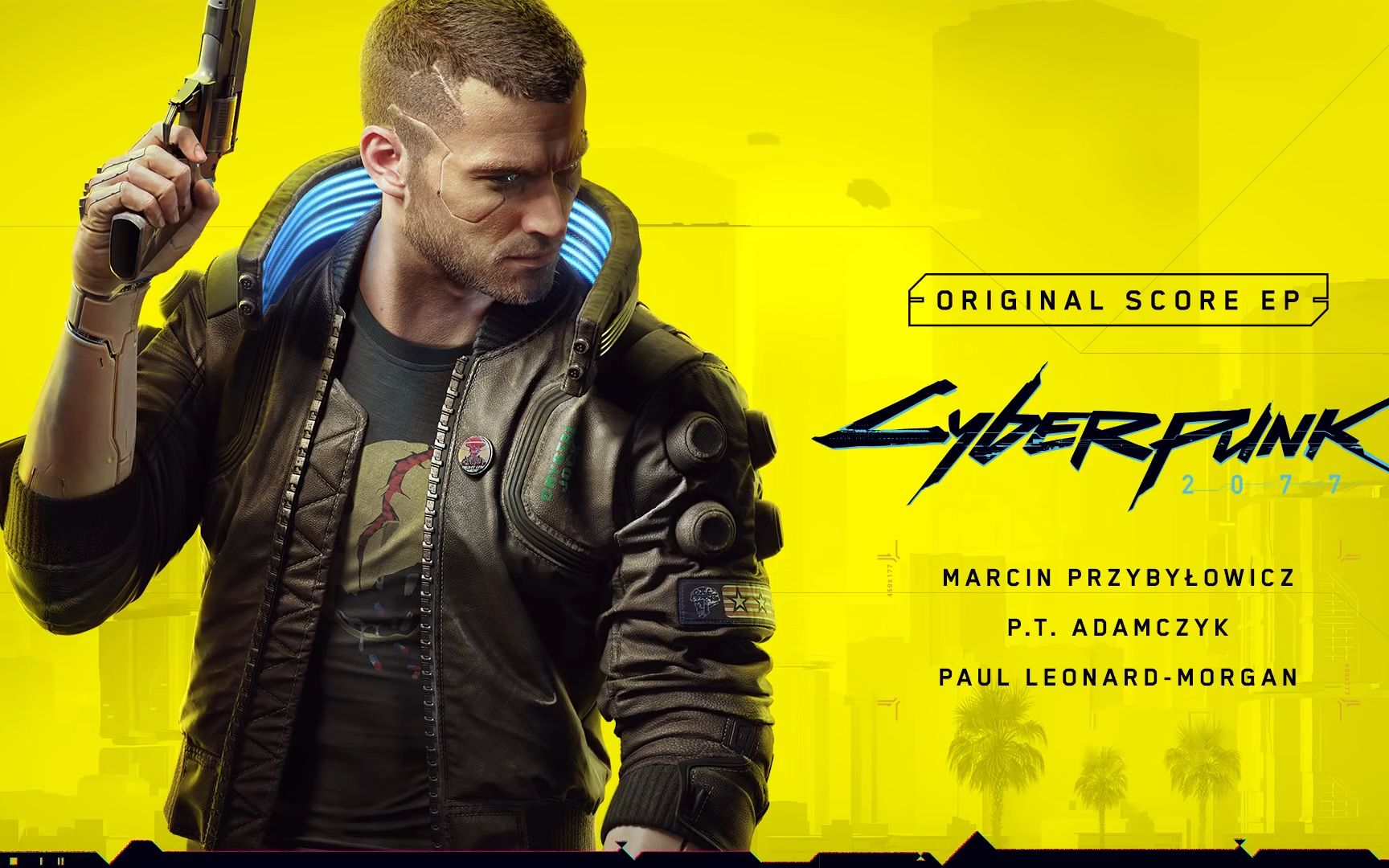Shadow of the Tomb Raider Score: Trilogy Conclusion Review
When Shadow of the Tomb Raider was released in 2018, it carried the weight of expectation—not only as the final installment in the rebooted trilogy but as the culmination of Lara Croft’s transformation from vulnerable survivor into the iconic Tomb Raider. Central to this journey is the game’s score, composed by Brian D’Oliveira, with additional contributions from the talented Martin Stig Andersen and others. The music does more than accompany the action; it serves as an emotional and narrative anchor, tying together the trilogy’s themes while carving out its own distinct identity.
From the opening moments of Shadow, it’s clear that this is a darker, more introspective entry. The score reflects this tonal shift masterfully. D’Oliveira’s compositions are deeply rooted in the cultural and geographical setting of the game—primarily the jungles and ruins of Central and South America. Unlike the more orchestral and action-driven scores of its predecessors, Shadow’s music often feels organic, almost alive, blending traditional orchestration with indigenous instruments such as the quena flute, charango, and various percussion instruments. This creates a soundscape that is both immersive and respectful to the cultures it represents.
One of the most striking aspects of the score is its use of silence and ambient sound. In the trilogy’s first two games—Tomb Raider (2013) and Rise of the Tomb Raider (2015)—composers Jason Graves and Bobby Tahouri often relied on intense, rhythmic urgency to underscore Lara’s survival against external threats. In Shadow, the threat is as much internal as it is external. Lara is grappling with the consequences of her actions, the weight of her family’s legacy, and the moral ambiguity of her quest. The music mirrors this introspection. Tracks like “The Path to the Hidden City” and “Lara’s Theme (Shadow Mix)” are contemplative, even mournful, emphasizing solitude and reflection rather than adrenaline.
That’s not to say the score lacks intensity. When action erupts, the music responds with precision. Martin Stig Andersen, known for his work on Inside and Limbo, brings his signature tension-building style to the game’s stealth and horror-tinged sequences. His contributions—often minimalist and unsettling—heighten the sense of danger in claustrophobic tombs and during encounters with the game’s more supernatural elements. The blend of Andersen’s electronic textures with D’Oliveira’s organic instrumentation creates a unique sonic palette that distinguishes Shadow from its predecessors.
A key triumph of the score is its evolution of Lara’s theme. First introduced in the 2013 game, the theme has undergone subtle transformations across the trilogy, mirroring Lara’s own growth. In Shadow, it is reprised with greater maturity and emotional depth. The melody is often stripped down to its core—sometimes carried by a solitary flute or a soft vocal hum—emphasizing Lara’s vulnerability and resolve. In moments of triumph, it swells into a full orchestral arrangement, but even then, it feels earned rather than manipulative. This careful handling of thematic material gives the score a cohesive narrative arc that complements the game’s storytelling.
The cultural authenticity of the music also deserves praise. D’Oliveira conducted extensive research and collaborated with local musicians to ensure the score honored the traditions it drew from. Tracks like “Festival of the Dead” incorporate authentic folk melodies and rhythms, grounding the game’s fictionalized world in a tangible reality. This approach not only enriches the player’s immersion but also elevates the score beyond typical video game music into something that feels both artistic and ethnographic.

Yet, the score is not without its minor flaws. At times, the shift between D’Oliveira’s lush, melodic pieces and Andersen’s abrasive, experimental tones can feel slightly disjointed. This is particularly noticeable in sections where the game rapidly transitions from exploration to combat. However, this is a minor critique in what is otherwise a beautifully integrated soundtrack.
As the conclusion to the trilogy, Shadow’s score succeeds in bringing Lara’s journey full circle. It acknowledges the themes of the past—the desperation of survival, the thrill of discovery—while introducing a more nuanced and melanchodic tone. The final tracks, particularly “A New Beginning,” encapsulate this perfectly. They are hopeful yet bittersweet, acknowledging the cost of Lara’s transformation while looking forward to the adventures yet to come.
In retrospect, the music of Shadow of the Tomb Raider stands as one of the most sophisticated and emotionally resonant scores in modern gaming. It doesn’t just conclude a trilogy; it completes a character’s symphony. Through its thoughtful blend of cultural authenticity, thematic evolution, and emotional depth, the score ensures that Lara Croft’s journey is felt as much as it is seen—a fitting tribute to one of gaming’s most enduring heroes.














